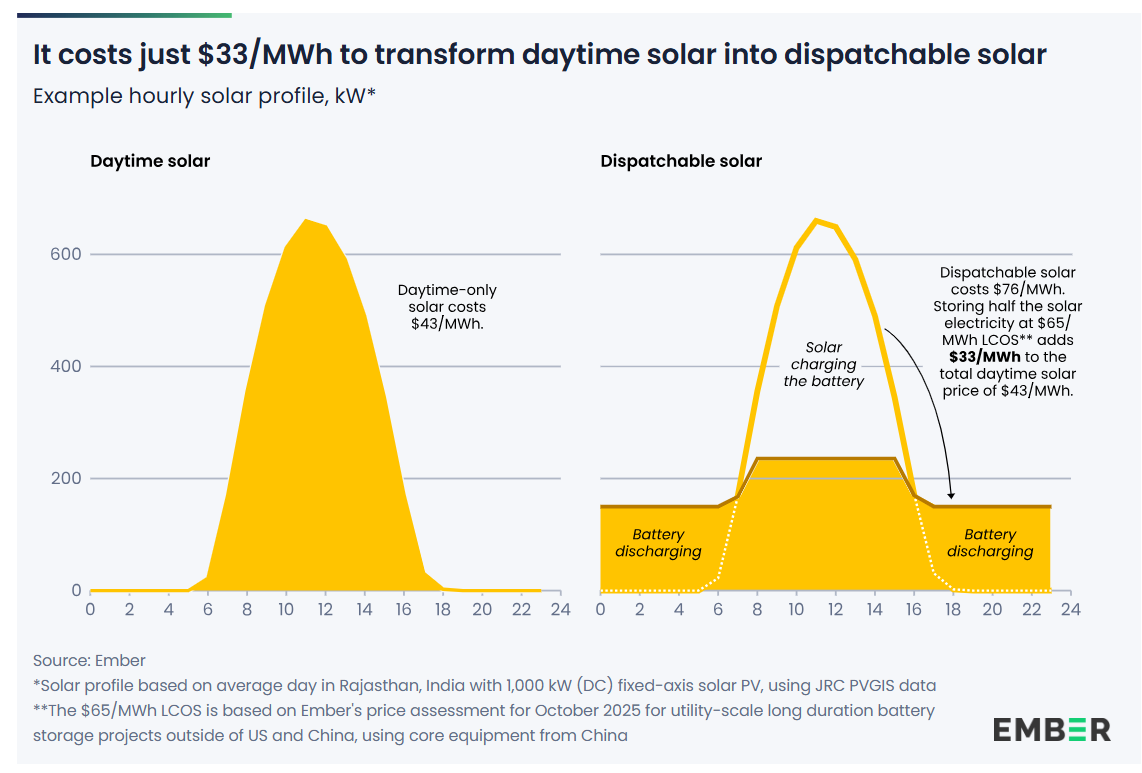Academics from Taiwan have conducted a comprehensive review of fast maximum power point tracking (FMPPT) algorithms for PV power generation. Just like conventional maximum power point tracking (MPPT) technology, FMPPTs ensure that solar panels operate at maximum power point to maximize energy generation, but FMPPT’s have a faster response time.
“A variety of FMPPT methods have been proposed in the literature, which can be classified into variable step size (VSS) method, mathematical model (MM) method, numerical optimization (NO) method, artificial neural network/fuzzy logic control (ANN/FLC) method, and soft computing (SC) method,” the group explained.
The group started their evaluation with an overview of FMPPT methods documented in the literature from 2014 to 2024. Then, they chose ten representative algorithms and compared them using a MATLAB simulation and experimental framework that used a low-cost digital signal controller (DSC). Eight methods were based on VSS (methods 1-8), one on NO (method 9), and another one on deterministic SC (method 10).
Experimental setup
“The reason for choosing the VSS method is that the MPPT technologies used in commercial solar power generation system (SPGS) today are mostly hill climbing (HC) approaches, and the VSS technique can be integrated into the original SPGS system’s MPPT technology with minor modifications,” the scientists said. “The reason for choosing the NO technique and the deterministic SC method is that these two approaches have better performance than the VSS method in some cases, and they can be easily realized using low-cost DSC.”
All FMPPT were then tested on a MATLAB simulation of the JAM5-72–200 solar modules installed in a two-series-one-parallel (2S1P) structure. Each of those modules has a maximum power of 200.02 W, an open circuit voltage of 45.69 V, a short circuit current of 5.69 A, a maximum power point voltage of 37.11 V, and a maximum power point current of 5.39 A. All methods were tested under standard test conditions (STC) and fast irradiance change (FIC).
“This study uses the aforementioned simulation platform to adjust the parameter settings not clearly defined in the literature to obtain the optimal parameters for achieving an objective and fair comparison,” the group further explained. “Simulation and experiments are carried out for uniform insolation conditions (UIC) and EN50530:2010 test conditions. These results can provide a reference for the performance of each FMPPT method in an environment where the irradiance level (IL) is relatively stable and the condition when IL changes rapidly.”
As for the experimental setup testing, the group used a test rig where a DSC with an FMPPT was connected to a boost converter. It utilized the AMETEK ETS 600X8 D-PVE programmable DC power supply to simulate a 2S1P SPGS. The load was emulated using the Chroma 63108A electronic load operated in constant voltage mode to mimic a battery load. “The TerraSAS software developed by AMETEK allows for the creation of solar cell output current-voltage characteristics based on parameters provided by the user, achieving accurate simulation of solar cell characteristics,” the researchers said.
Results
The analysis showed that different methods performed better depending on the testing conditions. Method 10, for example, performed better under the STC, compared with the VSS method, with its settling time or tracking power loss representing a “clear advantage.” As for fast-changing irradiance conditions, Method 9 and Method 8 performed better than other methods, as they do not rely on current and voltage information for perturbation step (PS) adjustment.
Furthermore, the group found that Method 9 and Method 3 have the best performance when taking both STC and FIC into account, while Method 5 and Method 8 can have the best comprehensive performance. “When the circuit response time and non-ideal/non-linear characteristics are considered, the performance of Method 8 is the best, followed by Method 4 and Method 5,” the scientists concluded.
Their findings were presented in “Comprehensive review on fast maximum power point tracking algorithms for solar power generation systems,” published in the Ain Shams Engineering Journal. The study was conducted by scientists from the National Taiwan University of Science and Technology and Taiwan’s National Changhua University of Education.
This content is protected by copyright and may not be reused. If you want to cooperate with us and would like to reuse some of our content, please contact: editors@pv-magazine.com.








By submitting this form you agree to pv magazine using your data for the purposes of publishing your comment.
Your personal data will only be disclosed or otherwise transmitted to third parties for the purposes of spam filtering or if this is necessary for technical maintenance of the website. Any other transfer to third parties will not take place unless this is justified on the basis of applicable data protection regulations or if pv magazine is legally obliged to do so.
You may revoke this consent at any time with effect for the future, in which case your personal data will be deleted immediately. Otherwise, your data will be deleted if pv magazine has processed your request or the purpose of data storage is fulfilled.
Further information on data privacy can be found in our Data Protection Policy.